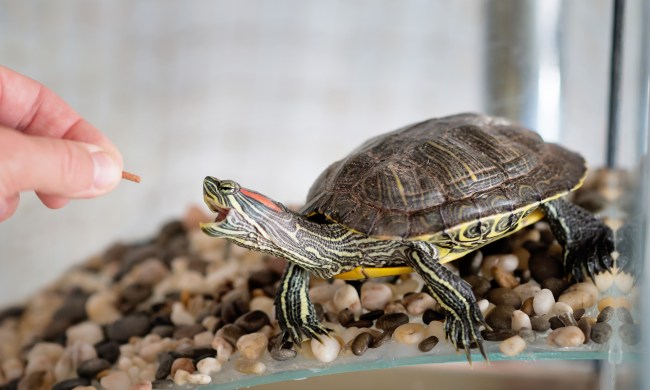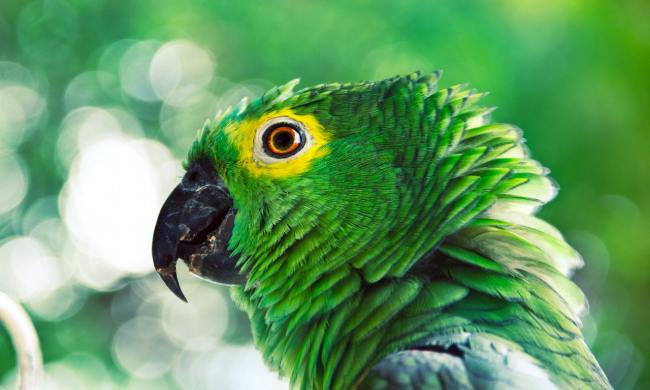On an average day in New Milford, Connecticut, a Ring camera installed outside of a pig pen enclosure at Rebecca Shaw’s residence caught quite the spectacle. As the camera rolls, a large black bear leaps over the enclosure’s fence, landing inside the small pen. Seemingly without hesitation, the two pig residents of the enclosure go on the offensive, immediately plowing into the bear, who seems almost startled at the unexpected and aggressive opposition.
“I’m still in shock,” says Shaw, as she rewatches her two pigs, Hamlet and Mary, fend off the bear.
You have to see this to believe it, but yes, the two large pigs successfully run the bear back, until it lumbers back over the fence and to safety (tail figuratively between its legs).
The whole episode was aired on CBS and has been aired on affiliates all over the US, including CNN. Clearly, this bear picked the wrong pigs in the wrong pen to mess with that day. We love how the pigs go right back to eating happily in their enclosure as soon as the pesky bear is gone. The comments range from utter shock to laughter, with one common thread: don’t mess with pigs! And don’t mess with anyone’s food source! While we may have expected a video such as this to highlight the prowess and danger of wild bears, we instead received a lesson in pig aggression. Who could have guessed?
How likely is it to encounter a black bear?
Although we’re actually now more worried about encountering a pig in the wild, according to the National Wildlife Federation, black bears have a territory that includes most of North America, so it’s not necessarily uncommon for these encounters to occur in Connecticut and other semi-rural areas. Bears are omnivorous, which means they will eat a variety of things, including both plants and meat. It’s most likely the bear in the video was more interested in the pigs’ food than in eating the pigs themselves.
Still, if you encounter a black bear, the National Park Service (NPS) suggests keeping your distance and doing what you can to ensure you do not surprise the bear. Stay calm, make yourself look as large as possible, and pick up any small children or smaller domesticated animals, such as small dogs or cats. The old adage is true: black bears are usually more afraid of humans than humans are of them, so avoiding confrontation is key.
Likewise, domesticated pigs are usually placid animals, though rare aggression does occur against humans. It’s best to never jump into a pig enclosure if you are not familiar with the animals in question, as the bear in our video found out the hard way! In general, never get between any animal and its food, as the news anchors in Connecticut so eloquently pointed out! If you do see a bear (or a pig!) in the wild, give it a wide berth while catching the experience on video if you can do so safely.



